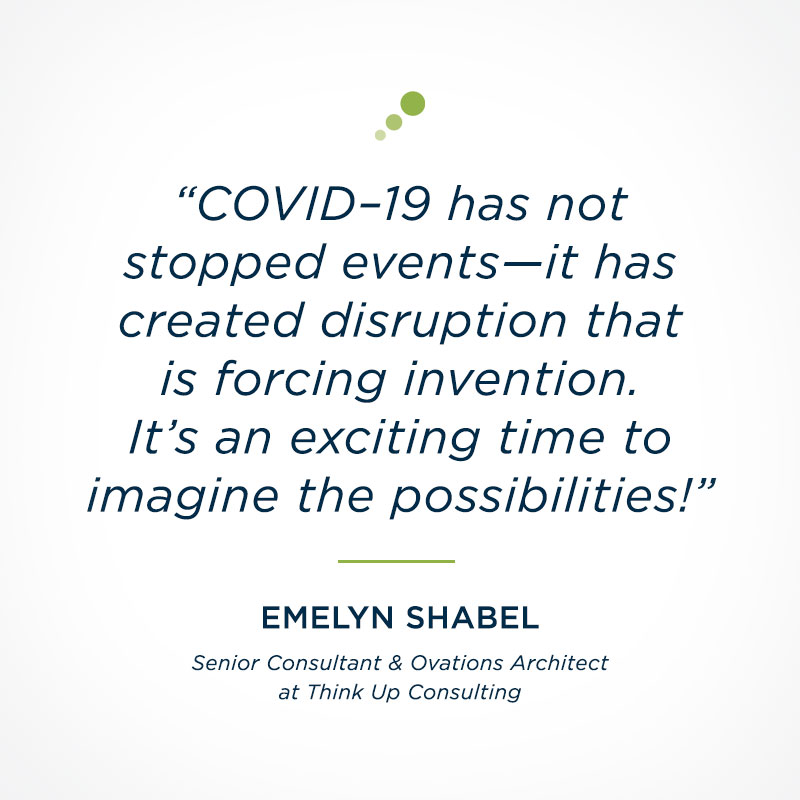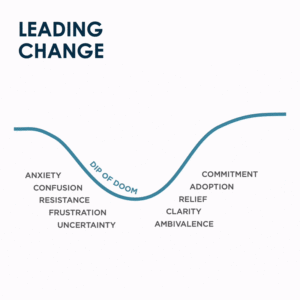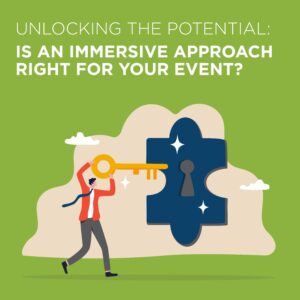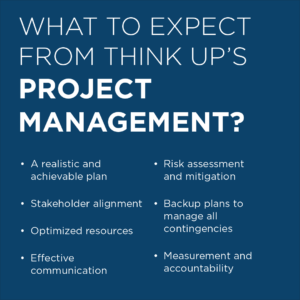You’re charged with organizing an industry awards banquet. Under normal circumstances, you’d host the event in the swanky ballroom of a world class hotel. Attendees would be treated to an evening of revelry and recognition; champagne, applause, and memories. But, as these are not normal times, what do you do now?
SURVEYING THE LANDSCAPE
Presently, once in-person events are being canceled, adapted for virtual delivery, or delayed in hopes of occurring face-to-face later. But what about the mid-term? What happens between the no event or virtual event of today and the return of the in-person event down the road? We think hybrid events – events that have a live audience and a virtual audience attending or watching at the same time – have the potential to grow in popularity as organizations scrutinize event costs and weigh safety concerns.
Regardless of the format, creating a memorable event requires hard work and planning. And virtual and hybrid events pose unique challenges.
RECOGNIZING THE CHALLENGES
One drawback to virtual and hybrid events is the diminished ability to build immersive experiences for the remote audience. Until recently, events emphasized experiences over learning. An immersive environment that stimulates a variety of senses impacts memory and retention. This is much harder to accomplish with people participating at a distance, and in different places.
Virtual and hybrid events require just as much time, money, and planning as live events. Sure, you can save on items like travel, lodging, and food, but you still have to write content, hire presenters, create graphics, and develop activities and workshops that will engage the audience…and there’s a price tag for the technology. Also, these events still require production equipment (cameras, lighting, sound etc.) and a crew to operate it.
Then there’s the added complexity of the speaker-audience relationship. Presenters in a purely virtual format do not have the benefit of audience reaction, and even though there is opportunity to send a chat, audience members can’t engage with, respond to, or ask questions of presenters with the same ease as they can do it live. Even simple audience activities like polling have to be well considered for the time they take and the way they impact momentum.
IMAGINING THE POSSIBILITIES
Despite significant challenges, opportunities exist for organizations and event professionals to evolve the virtual and hybrid space. At Think Up, we recommend starting with attendee insights. What is important to them? What experience do they want to have? Next, work with the organizer to identify goals and desired outcomes. What do they want attendees to think and feel? Is the event intended to inspire specific action? These answers then guide brainstorming for creative ways to engage and immerse the audience and to meet objectives.
COVID has not stopped events – it has created disruption that is forcing invention. It’s an exciting time to imagine the possibilities!
Now you’re ready to tackle that awards banquet.
You know from insights that attendees feel strongly about being recognized in front of their peers in a formal ceremony. So here’s the virtual event you plan:
Attendees receive an invitation with a dinner voucher in the mail. At the request of the organizer, attendees dress up, order dinner for delivery using their voucher, and log in to the event. They are welcomed by the polished and rehearsed emcee, who kicks off with a toast and introduces a string quartet which plays as people dine at home. After 30 minutes, the emcee guides attendees through the program, and winners are featured on camera and with a short pre-recorded video interview. When the event is over, winners receive a package in the mail, including their award along with a framed image: a screen capture of their interview and smiling face during the ceremony.
Yes, we wish we could be together. And we will be. But in the time between now and then, let’s invent! At Think Up, we’ve challenged ourselves to deliver hybrid and virtual events that are so compelling and effective that our clients want to maintain these as part of event solutions forever. Let’s write new rules – Come think with us!
By Emelyn Shabel
Emelyn is Think Up’s Ovations Architect and blends business and theater to design events for our clients that both engage and inspire attendees and spark behavioral change.



